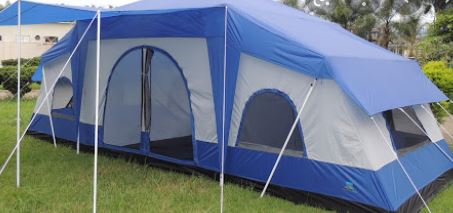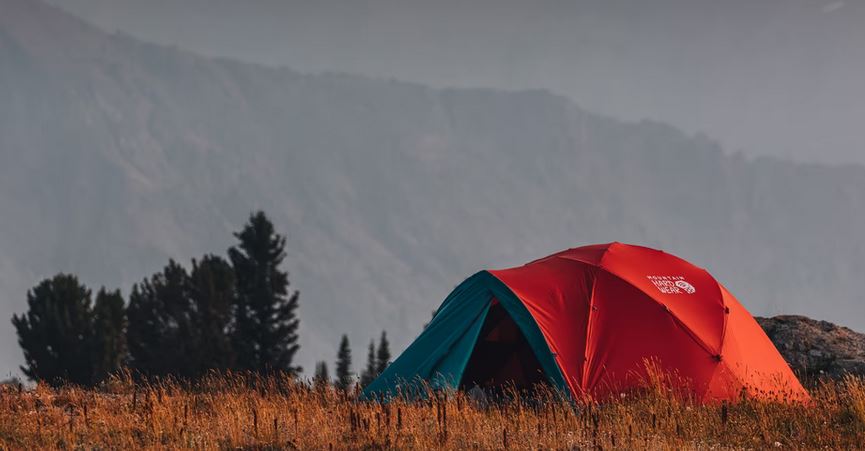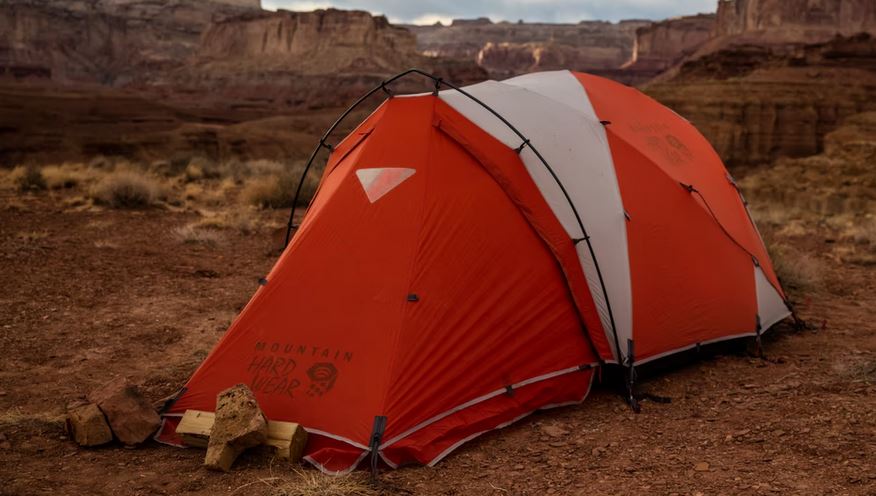Are you looking to invest in a camping tent but unsure about where to start? Choosing the right tent is crucial for your camping experience, as it can make or break your trip. In this guide, we will walk you through the factors to consider when selecting the best camping tent for you and your family.
Understanding Your Needs

The first step in choosing a camping tent is to assess your needs. Ask yourself questions such as:
- How many people will be using the tent?
- What kind of weather conditions will you be camping in?
- Do you need a tent that is easy to set up and pack away?
- Are you looking for a tent with extra features such as storage pockets or a vestibule?
By understanding your specific requirements, you can narrow down your options and find a tent that suits your needs perfectly.
Size and Capacity
One of the most important factors to consider when choosing a camping tent is its size and capacity. Make sure to choose a tent that can comfortably accommodate everyone in your group. Consider not only the number of people but also the gear you will be storing inside the tent.
Seasonality and Weather Resistance
Another essential factor to consider is the seasonality of the tent. Different tents are designed for different weather conditions, so it’s crucial to choose a tent that can withstand the elements you are likely to encounter. For example, a 3-season tent is suitable for spring, summer, and fall camping, while a 4-season tent is designed for winter camping.
Weight and Portability

If you plan on backpacking or hiking to your campsite, the weight and portability of the tent are crucial factors to consider. Look for lightweight and compact tents that are easy to carry on your outdoor adventures.
Tent Features and Accessories
When choosing a camping tent, consider the additional features and accessories that come with it. Features such as a rainfly, vestibule, and storage pockets can enhance your camping experience and provide added convenience.
Budget

Lastly, consider your budget when choosing a camping tent. Tents come in a wide range of prices, so it’s essential to set a budget and stick to it. Remember that investing in a high-quality tent can provide years of enjoyment and comfort during your outdoor trips.
In conclusion, choosing the best camping tent for you and your family requires careful consideration of your needs, size and capacity, seasonality, weight, features, and budget. By taking the time to evaluate these factors, you can find a tent that meets your requirements and provides a comfortable and enjoyable camping experience for years to come.